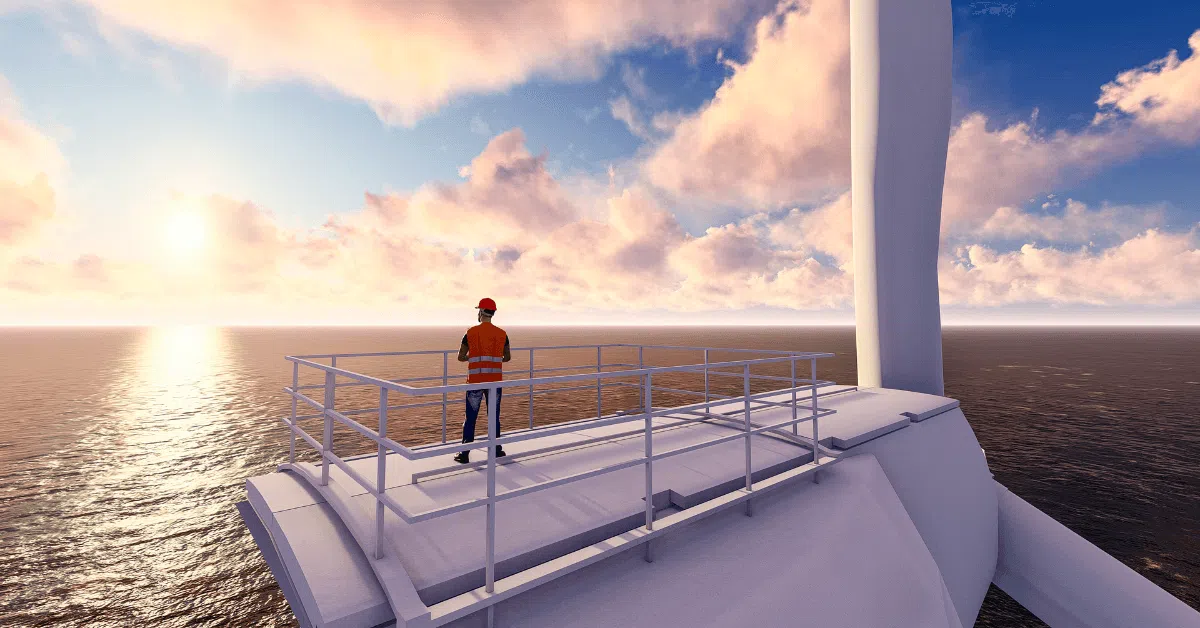The current global economic and geopolitical landscape is being shaped by multiple uncertainties. Tensions between Israel and Iran, particularly concerning the Strait of Hormuz, are threatening regional stability and energy supply routes. Houthi activities in the Red Sea also pose risks to Suez Canal shipping. Oil sanctions continue to disrupt global energy markets, while adjustments to U.S. import tariffs further complicate international trade dynamics. Additionally, uncertainties surrounding China’s GDP growth cast a shadow over the strength of global economic recovery.
Below is Veson Nautical’s analysis of potential impacts on the tanker, bulk carrier, container ship, and gas carrier sectors amid these uncertainties, along with market forecasts for the third quarter.
### **Tankers**
Geopolitical risks, sanctions, and shifts in trade flows—primarily driven by tensions in the Red Sea and the EU’s ban on Russian oil—continue to heighten freight rate volatility and boost ton-mile demand.
Long-haul rerouting of Atlantic-to-Asia crude trade supports vessel utilization, but new vessel deliveries, improved fuel efficiency, and the global shift toward decarbonization in oil demand exert downward pressure.
With scrapping rates remaining low, new orders increasing, and deliveries rising, fleet growth is expected to outpace demand post-2025. However, regulatory pressures such as the EU Emissions Trading System (EU ETS) and IMO decarbonization targets may partially offset this trend.
Energy electrification, engine efficiency improvements, and changing consumption patterns are structurally suppressing oil demand, signaling long-term challenges for tanker trade volumes.
China remains a key variable in oil demand and trade, but weak Asian demand, macroeconomic vulnerabilities, and inflationary pressures are reshaping global consumption patterns.
Although the 2024 Red Sea crisis spurred a surge in container ship and tanker orders, new orders in 2025 have significantly declined. Newbuild prices remain high but may gradually adjust as shipyard capacity pressures ease.
### **Bulk Carriers**
Reduced new orders in recent years have kept bulk carrier orders low, slowing supply growth and moving the market toward balance. However, tariff policies and trade disruptions continue to create demand uncertainty.
Challenges to China’s economic growth, particularly a sluggish property sector and over-reliance on exports, are expected to weaken dry bulk import demand in 2025, negatively impacting market equilibrium.
Long-term ton-mile demand is poised to grow, driven by emerging trade routes such as Guinea-to-China iron ore shipments following the 2026 commissioning of the Simandou mine.
Ongoing geopolitical tensions, particularly potential Houthi attacks in the Red Sea, may sustain vessel rerouting, adding roughly 1% to ton-mile demand and supporting freight rates.
The 2024 surge in container ship orders, driven by Red Sea rerouting and rising freight rates, pushed shipyard utilization to record highs, but ordering activity slowed significantly in early 2025.
Elevated new order-to-fleet ratios for container ships and LNG carriers, coupled with persistently high newbuild prices, are expected to curb future orders, easing shipyard capacity pressures and potentially leading to gradual price declines.
### **Container Ships**
Despite strong freight rates from 2024 to early 2025, rates are expected to steadily decline from mid-2025 as fleet growth outpaces demand, leading to an expansion in idle capacity.
Recent order surges have accelerated fleet expansion: net growth reached 5.5% in 2023 and 9.7% in 2024, with an average annual growth rate of 8.2% projected for 2025–2028.
Container ship orders hit a record 4.3 million TEU in 2024, raising the orderbook-to-fleet ratio to 31.1%. Route adjustments are shifting market preference from Neo-Panamax to ultra-large container vessels (ULCVs).
Scrapping has been minimal but is expected to increase moderately, particularly for sub-3,000 TEU vessels, as operating older ships becomes less economical amid projected rate declines.
After two ordering frenzies—during the pandemic and the 2024 Red Sea crisis—container ship orders cooled significantly in 2025. High order volumes and rising newbuild prices are likely to suppress future orders and alleviate shipyard capacity pressures.
### **Gas Carriers**
U.S. LPG production grew 5.9% in 2024 but is expected to slow to 4.2% in 2025. Export growth will moderate due to terminal capacity constraints but may rebound from 2026.
The VLGC/VLAC fleet expanded by 10.9% in 2024, with an average annual growth rate of 7.3% projected through 2028. Despite robust demand, recent order surges may pressure earnings, while the young fleet keeps scrapping rates low.
Midsize LPG carriers are seeing strong growth (~10.8% annually), while smaller vessels face both order scarcity and aging fleets, driving higher scrapping rates in this segment.
VLGC daily earnings averaged $43,300 in 2024 but are expected to decline in 2025 due to slower export growth. A brief rebound may occur in 2026 with terminal expansions, but oversupply will likely push rates down again in 2027–28. Panama Canal conditions remain stable but are subject to seasonal water level fluctuations.
Amid trade uncertainties (especially U.S.-China), the petrochemical and LNG sectors face overcapacity and weak demand. However, rising intra-Asian trade activity and macroeconomic improvements could support medium-term volume recovery.





